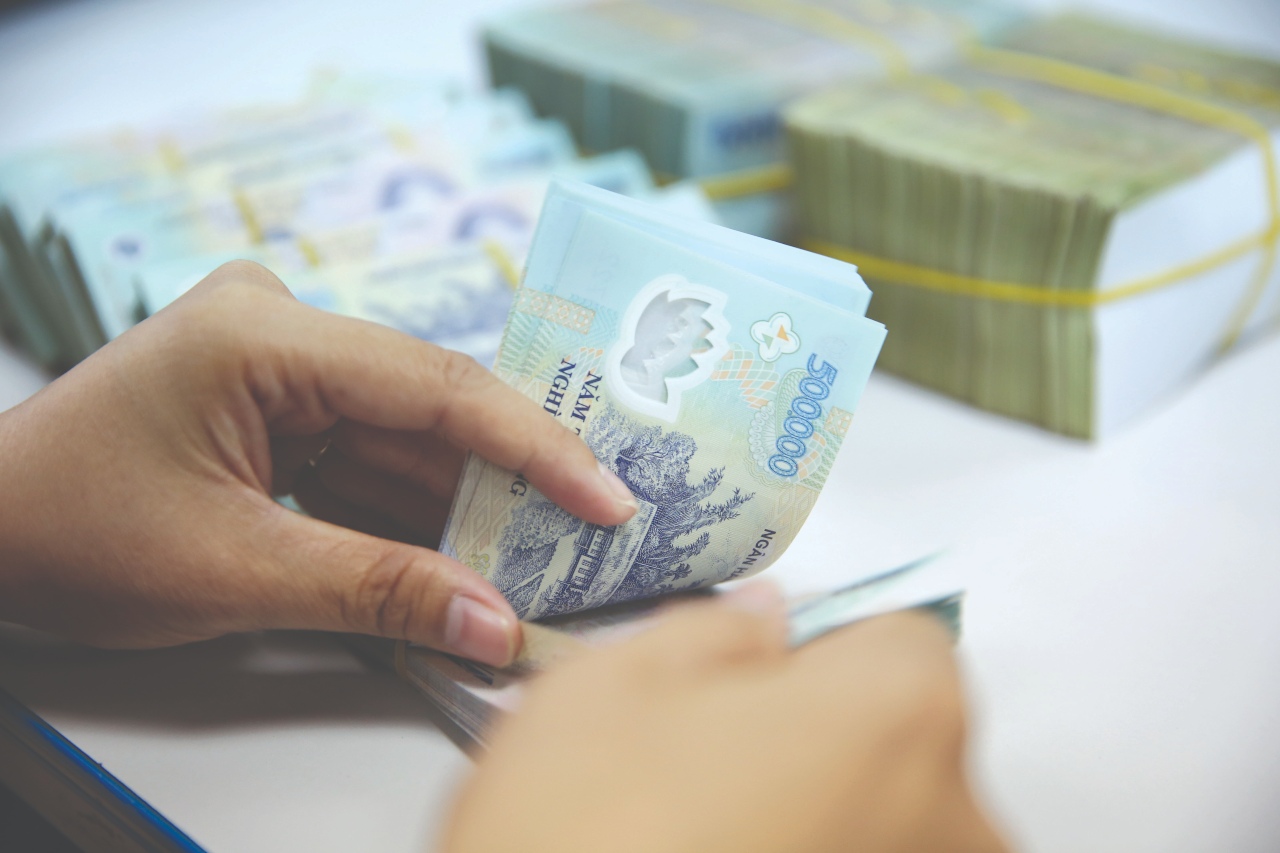The State Bank of Vietnam (SBV) is now faced with two options, either hiking interest rates to curb inflation or continuing accommodative monetary policy to support economic recovery in the second half of the year. The high probability is that the SBV will continue to walk a tightrope in its monetary policy to flexibly respond to market movements. The question is what resources are available to ensure monetary policy flexibility.
While major economies in the world have moved towards hiking interest rates, Vietnam is biased towards stability as it wants to keep interest rates steady to support the economy. Between economic growth and inflation risks, the SBV in its monetary policy in the rest of the year will have to pursue flexibility rather than a fixed pathway in the face of global uncertainties.
Ground for stabilizing lending rates
Although borrowing rates have risen substantially in recent months, there is a possibility the banking system will keep lending rates unchanged, when looking into the performance of banks and comparing them with regional peers. The net interest margin (NIM) between deposit and lending rates currently stands at some 3.65%, which has steadily increased since 2016 including during the height of the pandemic. Banks by nature deal in money, so the margin indicates the profitability of their core business.
The rising margin over the years is attributed to a shift by commercial banks from lending giant companies to new clients being small and medium enterprises and individuals. Retail banking as a percentage of banks’ outstanding loans has skyrocketed from 31% in 2015 to 45% by the end of this year’s first quarter. In the retail banking segment, loans for clients to buy homes, cars and other goods make up a large proportion, while this segment generates a higher rate of return than loans for corporate clients, which explains why the NIM has steadily increased when retail banking is stepped up.
The NIM in Vietnam is high in comparison with other regional countries, where the average margin is only 2%. Vietnam’s NIM is only lower than that in Indonesia whose inflation has remained high over the years.
That is to say the NIM in Vietnam is very high, and therefore, when interest rate subsidy packages are designed for priority sectors, there is still much room for banks to maneuver to support the economy.
The situation with China’s commercial banking system may serve as reference for Vietnam to shrink its NIM later this year. China’s NIM has been reduced substantially during the pandemic to underpin its economic recovery. Data from Capital IQ shows that the NIM at the four biggest banks in China was slashed during the pandemic, with the NIM at Bank of China Limited dipping from 2.6% to 1.8%. As China’s zero-Covid policy has hampered economic growth, monetary policy is vital to support the economy, and therefore, China’s NIM is expected to contract further in the coming time.

Ground for higher lending rates
As the credit growth quotas for commercial banks are being used up due to the high demand for loans in the first half of the year, it is probable that the SBV will mull raising the quotas for some to continue propping up the economy post pandemic. The additional credit growth quotas may be approved by the end of the third quarter so that the relayed impact of monetary policy on inflation can only be felt in the first quarter next year, keeping the inflation target for this year unaffected. Currently, the SBV is drafting amendments to Circular 39 to tighten control over lending to the real estate sector, which may serve as a warning to commercial banks before issuing extra credit growth quotas to ensure that capital is funneled into production, instead of real estate.
Furthermore, as stated early on, retail banking was the driving force of banking growth in this year’s first half, and this segment is less sensitive to the movement of interest rates compared to credits for corporate customers. As the demand for loans remains strong among individuals and businesses, there is no reason for banks to cut rates to maintain their NIM.
Furthermore, as mobilized funds grew only 4.51% in the first half of the year versus credit growth of 9.35%, deposit rates could rise in the rest of the year, resulting in lending rates picking up. As the proportion of short-term funds used for long-term loans will be revised down from the current 37% to 34% after October 1, and given tighter control over the corporate bond market, interest rates for medium- and long-term loans might go up in the rest of the year.
On account of the above factors, and if no major macroeconomic changes are imminent, it is likely that a higher credit growth limit and a slimmer NIM will be introduced in the second half. In such a scenario, the banking sector may see higher profit than expected, which will have positive impact on bank stocks that have tumbled in the first half of 2022.
(*) CFA











